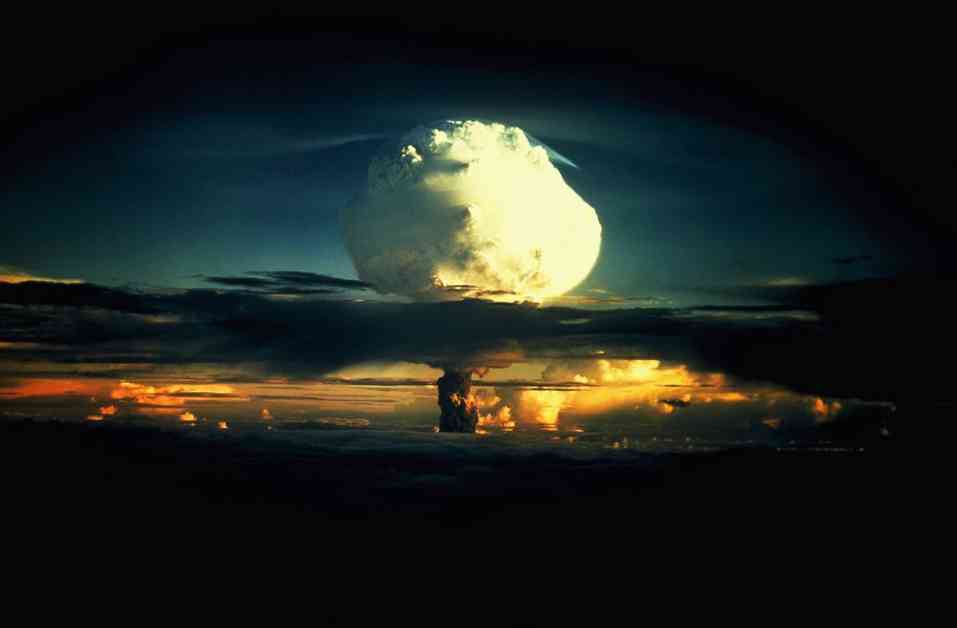Nuclear bombs have been tested since 1945. On July 16, 1945, the U.S. conducted the world’s first nuclear bomb test in the New Mexico desert as part of the Manhattan Project. This led to the detonations of atomic bombs on Hiroshima and Nagasaki just weeks later. Since then, at least seven other countries have tested their own weapons, unleashing radiation around the world.
Although the exact number of nuclear bombs that have gone off is not known, scientists estimate that at least 2,056 nuclear weapons have been tested. The U.S. has tested 1,030 nuclear bombs and utilized two in warfare, the Soviet Union/Russia has tested 715, France has tested 210, the United Kingdom and China have each tested 45, North Korea has tested six, India has tested three, and Pakistan has tested two. There is a suspected additional test known as the Vela incident, which would bring the tally to 2,057.
Nuclear testing has had extensive political, environmental, and public health impacts that extend to this day. The international community now condemns nuclear testing, but from 1945 to 1963, it was commonplace as countries vied for status as world powers. Nuclear testing skyrocketed during the Cold War between the U.S. and the USSR, with 1962 holding the record for the most tests conducted in one year.
A landmark study in 1961 tested baby teeth in children in St. Louis for strontium-90, a cancer-causing radioactive isotope created by nuclear explosions. The study revealed the detrimental effects of nuclear testing on health, leading to the signing of the Limited Nuclear Test Ban in 1963. This treaty prohibited nuclear tests in the atmosphere, in outer space, and underwater.
The Limited Test Ban Treaty marked the beginning of an era of slow disarmament, with hundreds of nuclear bombs continuing to be tested underground for decades. It wasn’t until the Comprehensive Nuclear-Test-Ban Treaty (CTBT) was proposed in 1996 that testing slowed to a standstill. The CTBT’s monitoring system ensures that nuclear testing can’t be hidden, with the most recent nuclear test conducted by North Korea in 2017.
Nuclear testing has had profound and long-term effects on health and communities, with concerns about radioactive fallout playing a major role in shutting down nuclear testing programs. While the U.S. has seen a dramatic decrease in day-to-day radiation since the end of atmospheric nuclear testing, many countries still possess nuclear weapons. The possibility of nuclear testing resuming remains a concern, with implications for global peace and security.










